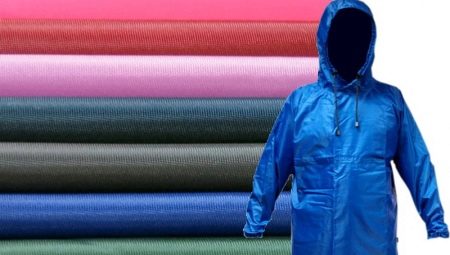Modern taffeta material got its name from the Persian word taffeta, meaning "taffeta" - a tough silk fabric with shiny tints. This is the only thing that multifunctional and practical synthetics is similar to expensive taffeta. Used for sewing many everyday things. Like taffeta, it has a silky sheen, but does not look so elegant.
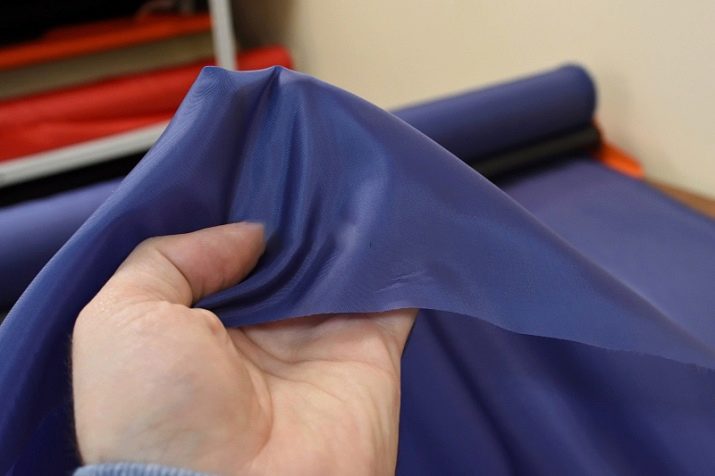
Characteristics
Taffeta is an inexpensive synthetics with simple weaving. It happens one-colored in different colors, as well as with all kinds of printed patterns. “Camouflage” and jacquard pattern are in special demand. The fabric consists of pure polyester or nylon with a protective coating. Another name for taffeta is polyester silk. It is widely used in everyday life - it is used as a lining in specialized and sportswear, as well as in the manufacture of camping equipment.
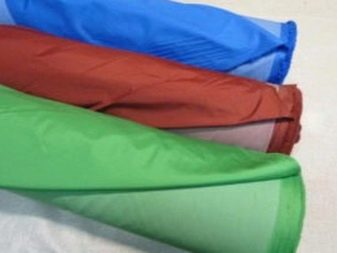
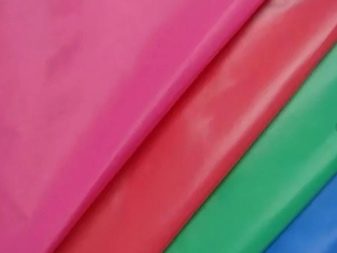
In addition to tents, awnings and sleeping bags, curtains and bedspreads, chair covers and pillowcases for decorative pillows are sewn from taffeta. The low cost, as well as the significant wear resistance of polyester silk, allows it to be used everywhere and even in outdoor advertising, for example, in banners, banners, in canvases of flags. In addition, a fairly clear and consistent print quality is obtained on this fabric.

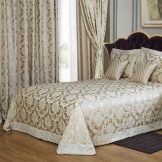
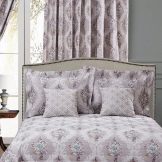

Taffeta is produced in two types. Its quality characteristics are affected by the composition of the fibers. Nylon. This composition gives the fabric strength, and with the addition of spandex - also elasticity. Such matter stretches well and practically does not wrinkle, is not blown in the wind and dries quickly after getting wet.The nylon version has high water-repellent properties, wear resistance. Such a fabric will withstand even with mechanical damage.
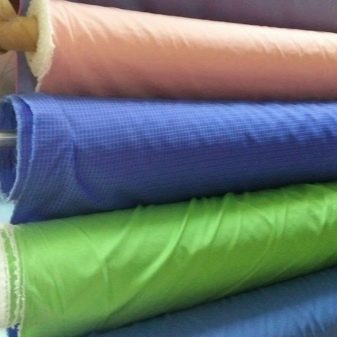
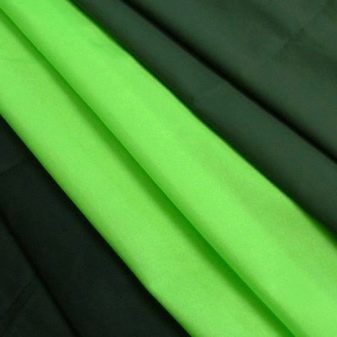
Description of disadvantages:
- the tendency to accumulate static electricity, provided that the material is not processed with special antistatic agents;
- poor hygroscopicity;
- unsuitable for wearable;
- simple view.
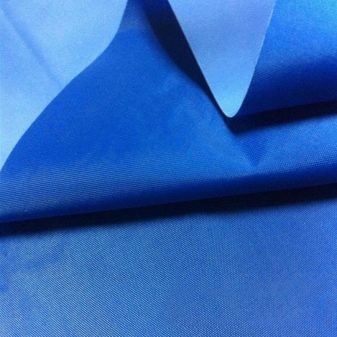
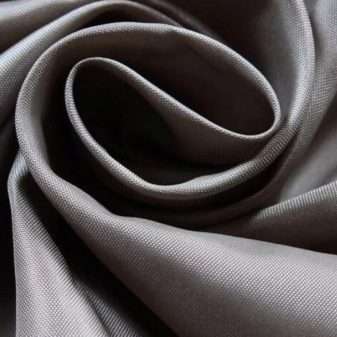
Polyester. It happens without impurities or with the addition of elastane. It is a durable and crease resistant material. Visually prettier than nylon and tactilely nicer to the touch. The material is resistant to abrasion, ultraviolet and different temperatures. Polyester taffeta does not fade during prolonged use, but less durable.
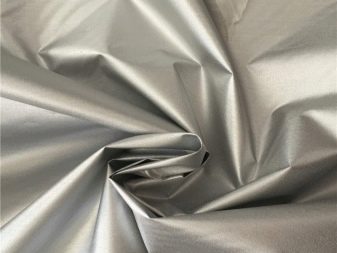
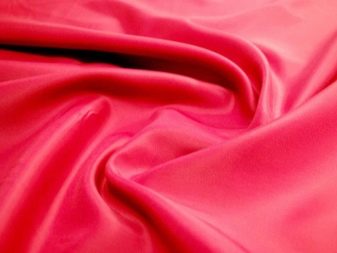
Kinds
Lining Taffeta
To impart specific properties to the fabric, several types of impregnation are used. They are distinguished by marking.
- PU - a transparent film layer that gives matter water-repellent qualities. It is applied from the inside or from the outside of the matter.
- PU milky - internal polyurethane cream-colored coating. Gives fabric moisture-proofing properties.
- PVC - a protective layer of polyvinyl chloride, which protects against overheating, getting wet and contact with chemicals.
- Silver - polymer silver layer. Moisture-proof impregnation. It is the best option for insulated outerwear, camping tents and shopping canopies. Due to the reflective properties, the sun's rays do not penetrate the fabric, and the air inside the tent does not heat up.
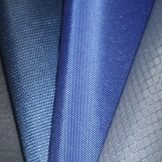
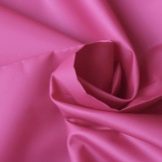
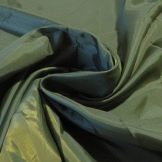
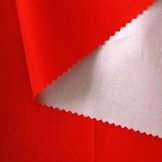
Jacquard taffeta
It is mainly used as a lining, with a higher density. Such material is quilted with a padding polyester for linings of a coat or bedspreads. The strongest taffeta is produced under the Rip Stop marking, which speaks of the additional use of especially strong fibers for fabric manufacture.
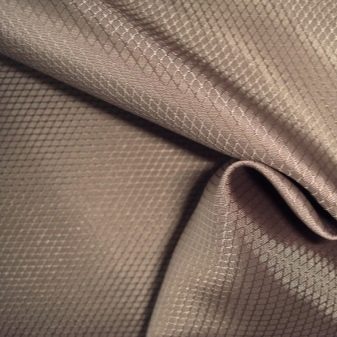
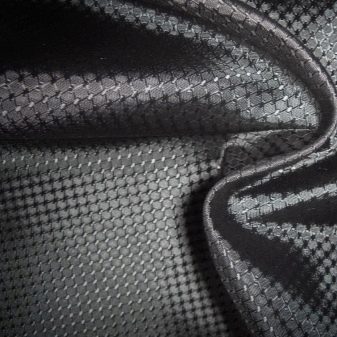
In many ways, the properties of new generation synthetics depend on the density of the fabric. It is indicated by a quantitative indicator and alphanumeric marking T (tex). Density varies from 170 to 230 T (Texture Element).
Advantages and disadvantages
In taffeta, the advantages clearly prevail over the shortcomings, which explains the popularity of the fabric:
- retains its original appearance and shape after frequent washing, including in automatic washing machines;
- differs in durability and attractiveness;
- has a long service life;
- absorbs moisture and sweat, while maintaining a dry outer surface;
- well ventilated;
- It is a reliable shelter from wind and frost (some types of fabric can withstand up to -160 degrees);
- not wrinkled;
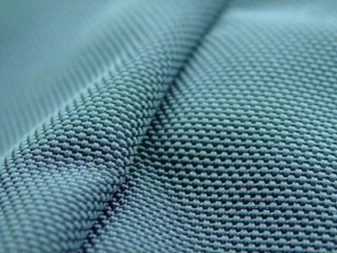
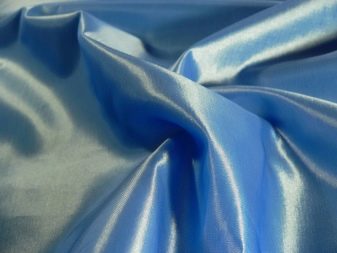
- holds a printed drawing for a long time;
- differs in wear resistance;
- does not cause allergic reactions;
- light weight even in large volumes;
- does not need special care;
- easy to wash and dries quickly;
- Available for sale.
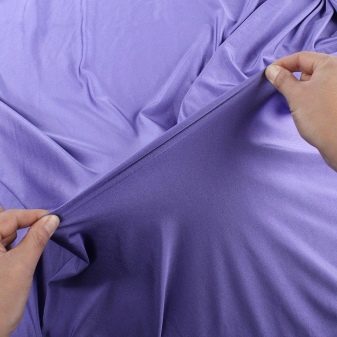

Some disadvantages:
- has unpleasant tactile properties;
- can be electrified without antistatic treatment.
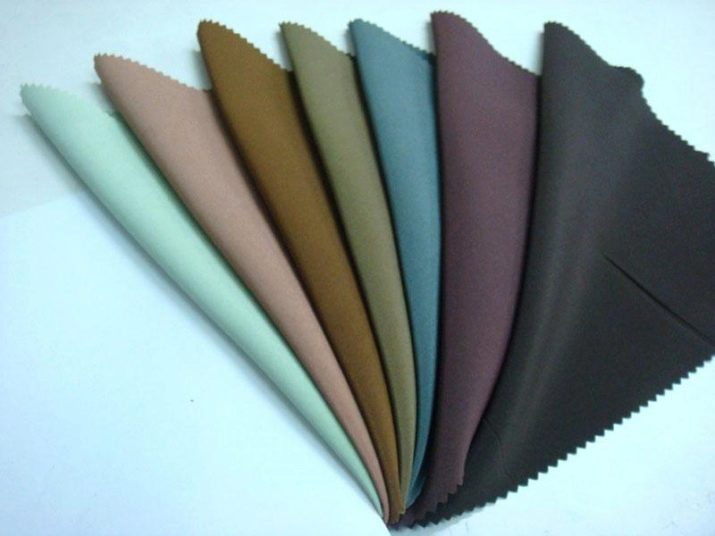
Where is it used?
The scope of use of taffeta is not limited, despite the lack of a special aesthetic appeal. Thin and airy material is ideal as a lining. It creates a decorative background for the wrong side, maintains the proper shape of the product and the optimal microclimate. It can be drained without the formation of rough seams. Lightweight material is used for tailoring specific and sportswear and single-use products: posters, packaging, flags, awnings, awnings.

From dense species sew outerwear: windbreakers, jackets, sweatpants, raincoats. Bright colors give these windproof products a colorful look. The Rip Stop cloth is suitable for tailoring tourist equipment, durable luggage, hardy backpacks, household bags, umbrellas and even shoes. It does not get wet or blown. Stage curtains, costumes and theater decorations, curtains in classrooms of educational institutions, and bedspreads in hotels are often made from taffeta.
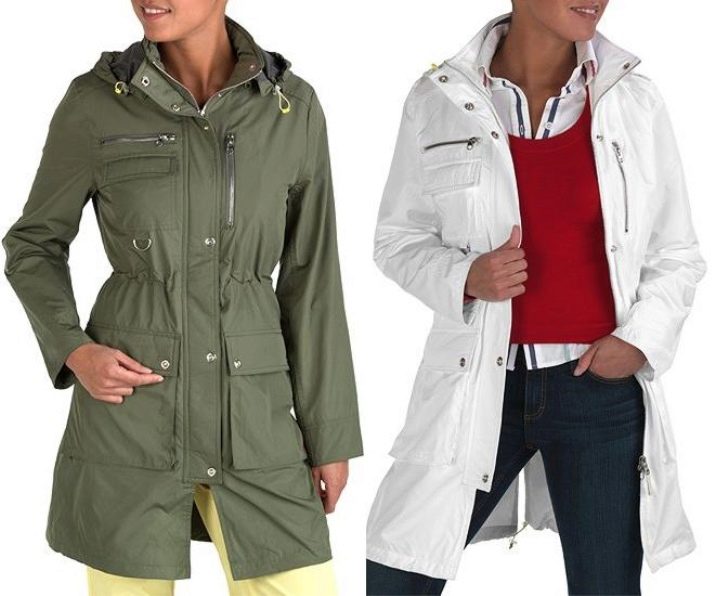
The affordability and durability of polyester silk make it popular among fishermen and hunters. Special suits for hunting and catch reliably protect from piercing winds, torrential rains. In such comfortable outerwear it is warm, but not hot. Jackets and taffeta jackets with special impregnation retain heat. If a layer of insulation is hemmed inside clothes or equipment, then this attribute can be used in conditions of low temperatures. Most often, this specific clothing is sewn from camouflage polyester silk reinforced with a membrane. Dobby Ponge coated fabric is also suitable as ski equipment.
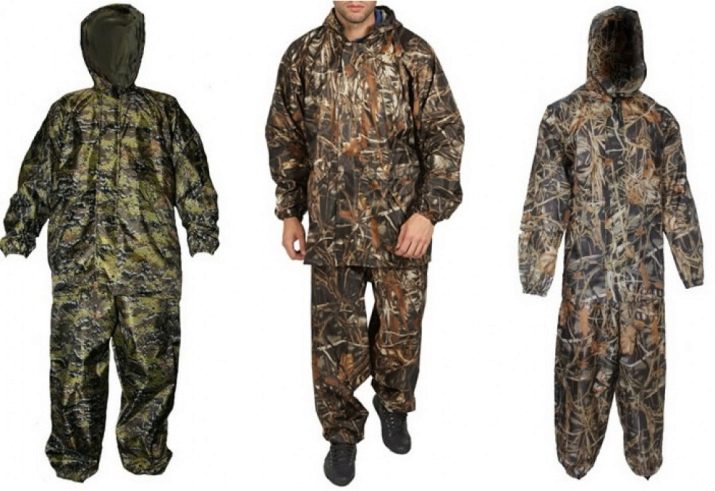
Impregnated windbreakers are often purchased by mountain lovers. Windproof outerwear is lightweight and does not crease. In camping conditions, such characteristics are very important, in addition, a nylon or polyester product can be folded compactly into a backpack. The fabric will reliably protect from rain and will not allow to freeze in the cool time of the day, and in warm weather a traveler in such clothes will not receive heat stroke. Matter “breathes” and is hygroscopic.
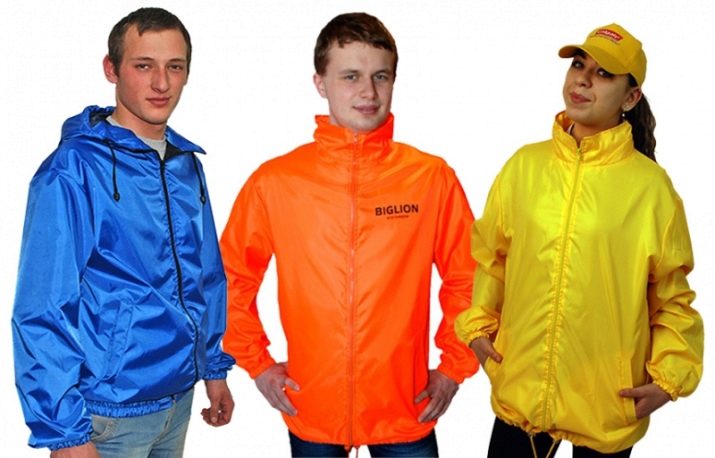
It is also convenient to work with taffeta. It is easy to scribble, does not spread, does not deform, does not fade. Even a novice seamstress using standard equipment will be able to sew simple products from this fabric.
How to care?
Use items made of polyester silk according to the basic rules.
- Do not store crumpled or wet items.
- The fabric needs to be dried flat and folded carefully.
- Store in a ventilated place, without extraneous odors, as taffeta has the ability to quickly absorb them into itself. To store taffeta or products made of it, a dry room and room temperature are required.
- Before sending for long-term storage, the item needs to be inspected and, if necessary, cleaned of contaminants - fresh stains are easier to remove than old ones.
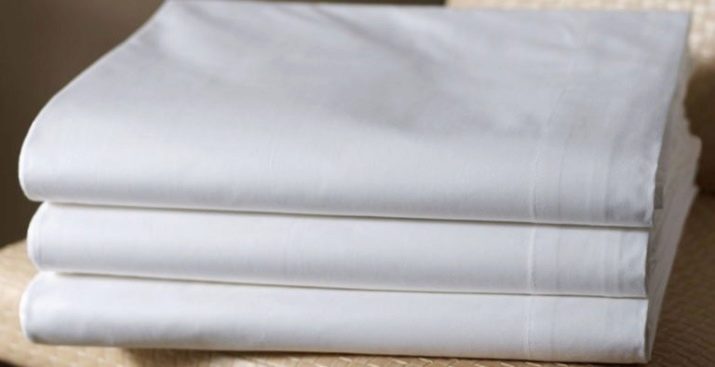
- The manufacturer's instructions on the label should not be neglected. Wash synthetics in the “hand wash” option should be at a temperature of no higher than +30 degrees.
- To clean the polyester textile, you need to choose special tools - powder for washing taffeta is not allowed. Drying under natural conditions is recommended - high temperature machine drying is prohibited by the manufacturer.
- Washing with chlorine-containing substances, dry cleaning of any type, bleaching are contraindicated. It is necessary to iron the fabric without special impregnation at a temperature of no more than 110 degrees. A delicate (manual) spin is recommended.

Caring for products from synthetic taffeta is not difficult if you consider all the recommendations and do not neglect them. Proper washing, ironing and storage will make things from modern synthetics look attractive more than one season in a row.
See how to wash clothes from taffeta in the next video.
